 A 3-D image of Cleopatra has been rendered by computer imaging based on images from ancient artifacts.
A 3-D image of Cleopatra has been rendered by computer imaging based on images from ancient artifacts.
Egyptologist Sally Ann Ashton of Cambridge University says the image(s) reflect the Queen’s Greek heritage. Cleopatra was born in 69BC into an Egyptian – Greek dynasty. She took the throne at 17 and by 20 had seduced Julius Ceasar…
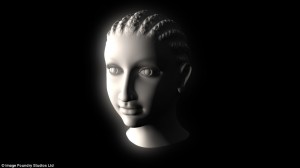
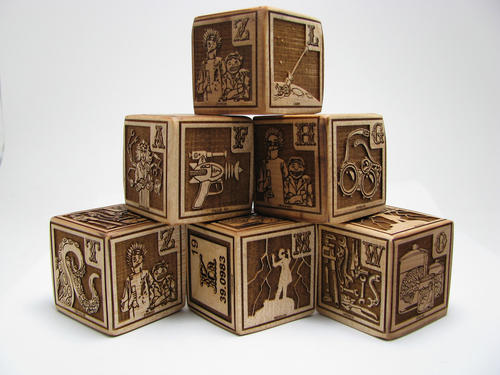
Xylocopa has a set of Alphabet blocks engraved with pictures of all the equipment and training a budding mad scientist will need:
A – Appendages | B – Bioengineering | C – Caffeine | D – Dirigible | E – Experiment | F – Freeze ray | G – Goggles | H – Henchmen | I – Invention | J – Jargon | K – Potassium | L – Laser | M – Maniacal | N – Nanotechnology | O – Organs | P – Peasants (with Pitchforks) | Q – Quantum physics | R – Robot | S – Self-experimentation | T – Tentacles | U – Underground Lair | V – Virus | W – Wrench | X – X-Ray | Y – You, the Mad Scientist of Tomorrow | Z – Zombies
Also:
…the blocks have a super-secret built in encryption function – if you rotate any block 180 degrees, it’ll encode to ROT13. If it’s good enough for Adobe Acrobat, it’s good enough for Mad Science!
-via BoingBoing
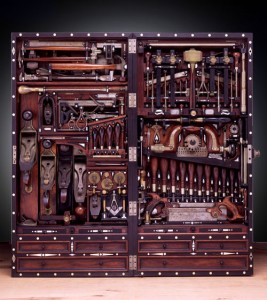
This toolbox (toolchest) was built by a piano repairman (Henry Studley) who worked for the Smith Organ Company and then the Poole Piano Company in the 1800’s. This beautiful chest contains 300 tools, and is made of mahogany, rosewood, walnut, ebony and mother of pearl (all of which were probably scraps from Poole Piano).
Though now owned by a private collector, it is supposedly still on display at the Smithsonian – the National Museum of American History. I’m definitely going to check on it the next time I go downtown!

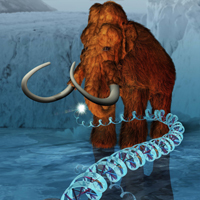 Researchers at PennState have published the DNA sequence of an extinct Woolly Mammoth; see the news article at Nature.com, or the November 20, 2008 issue of Nature for a paper by Miller, et al. (Nature 456, 387-390: “Sequencing the nuclear genome of the extinct woolly mammoth“).
Researchers at PennState have published the DNA sequence of an extinct Woolly Mammoth; see the news article at Nature.com, or the November 20, 2008 issue of Nature for a paper by Miller, et al. (Nature 456, 387-390: “Sequencing the nuclear genome of the extinct woolly mammoth“).
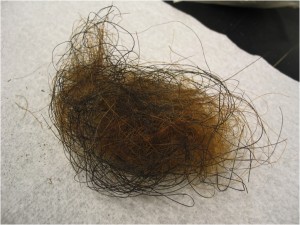
Mammoths went extinct some 10,000 years ago, but have been found preserved in Russian permafrost. The hair from one of these preserved (mummified) ancient beasts was used to retrieve DNA. Hair is useful for such extractions as it is relatively easy to wash away contaminating (foreign) DNA.
One tidbit that I found quite interesting: where did the researchers get the Mammoth hair? They bought the hair on Ebay.com! You can too, for only $175.00 for 2.5 grams. Yes, the researchers did verify that this was actual mammoth hair. Anyway, the big question is whether or not we will shortly have a Mammoth clone. Short answer: not any time soon. This is just the first step, but is a major one.
Our ancestors did see live woolly mammoths; here’s a cave painting in France depicting one:
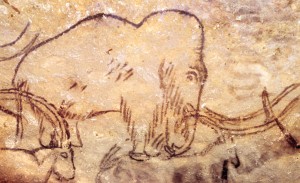
 A 3-D image of Cleopatra has been rendered by computer imaging based on images from ancient artifacts.
A 3-D image of Cleopatra has been rendered by computer imaging based on images from ancient artifacts. 






